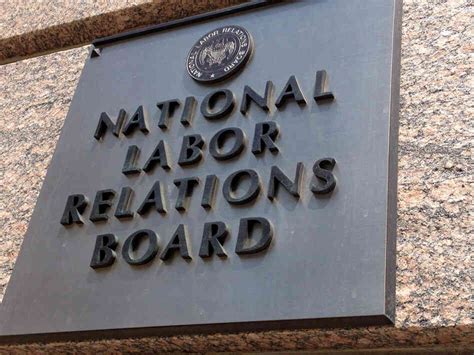NEW YORK, N.Y.—How can the labor movement organize to expand in the face of jobs restructured and government policies designed to hamstring workers’ leverage?

“To be honest, I don’t have an answer here,” Lauren Jacobs, a former SEIU and Restaurant Opportunities Center organizer, said to open a discussion titled “Energy From Unlikely Sources” at the City University of New York’s School of Labor and Urban Studies’ Murphy Institute Oct. 12. Yet she and the three other panelists agreed that labor unions must connect to broader social movements and “bargain for the common good,” as Marilyn Sneiderman of Rutgers University’s Center for Innovation in Worker Organization put it.
With employers narrowing the scope of collective bargaining, Sneiderman said, unions have to stop them from pitting labor against the wider public, and frame their struggles as “not just a jobs issue, but a community issue.”
One example she cited was American Federation of Teachers Local 28 in St. Paul, Minnesota, which invited parents to come up with demands and then brought them into its contract talks with the district. One proposal was that the district refuse to do business with banks that foreclosed on families’ homes during the school year. Another was the Fix L.A. campaign, in which unions including AFSCME, the SEIU, the Teamsters, and the Laborers joined with community groups to protest the city laying off two-thirds of its sewer workers while paying banks $300 million a year in fees.
“If you don’t bargain for the common good in the public sector, who’s going to be on your side?” asked former Communications Workers of America president Larry Cohen, now board chair of Our Revolution, the organization trying to turn Bernie Sanders’ 2016 presidential campaign into a lasting movement.
If you don’t bargain for the common good in the public sector, who’s going to be on your side? –Larry Cohen, former Communications Workers of America president.
Cohen believes the U.S. union movement needs to move towards “sectoral bargaining,” in which workers bargain simultaneously with all employers in an industry rather than one by one. This is policy in Germany and Scandinavia, he said, among education workers in Canadian provinces, and bank workers in Brazil, who as a result make more than their counterparts in U.S. banks.
For example, he noted, last winter’s teachers’ strike in West Virginia was technically illegal, and teachers’ salaries are set by the state legislature instead of being bargained. But both teachers’ unions united, organizing in all 55 counties and working with communities to feed kids who normally relied on school lunches, and rank-and-file teachers rejected settlements they considered inadequate. The result was that both teachers and support staff won raises. In contrast, he added, teachers in New Jersey have to negotiate with 567 separate school districts, and Democrats in the state legislature collaborated with former Gov. Chris Christie to bar them from bargaining over health benefits or class size.
To get “the kind of economic transformation we need,” Cohen said, we need to build “a movement of 50 million people or more,” and it has to be “explicitly political.”
Jacobs, now head of the Partnership for Working Families, said that in her experience, she’s learned three things. “Running backwards is dangerous”; the union movement can’t try to restore its glory days of the 1950s, because the economy is different now. There is no magic solution, much like buying a high-tech pair of sneakers won’t make you a faster runner. And labor has to find the places where it can exercise power most effectively.
“How do we build power when we don’t have it?” asked Maritza Silva-Farrell of ALIGN community-labor alliance. In New York City, she said, the group has gone to union members in neighborhoods where they’re not politically active and asked them what they need, and organized on issues like affordable housing.
Currently, ALIGN is working with Amalgamated Transit Workers Local 1181 and Teamsters Local 553 to convert the city’s school-bus system to a workers’ co-op that would use electric buses. If the effort succeeds, she says, it would provide better service for parents and children—especially the disabled children who rely on the buses to get to and from school—pollute the air much less than buses that run on diesel fuel, and give workers control over their jobs instead of having to struggle with multiple contractors.



